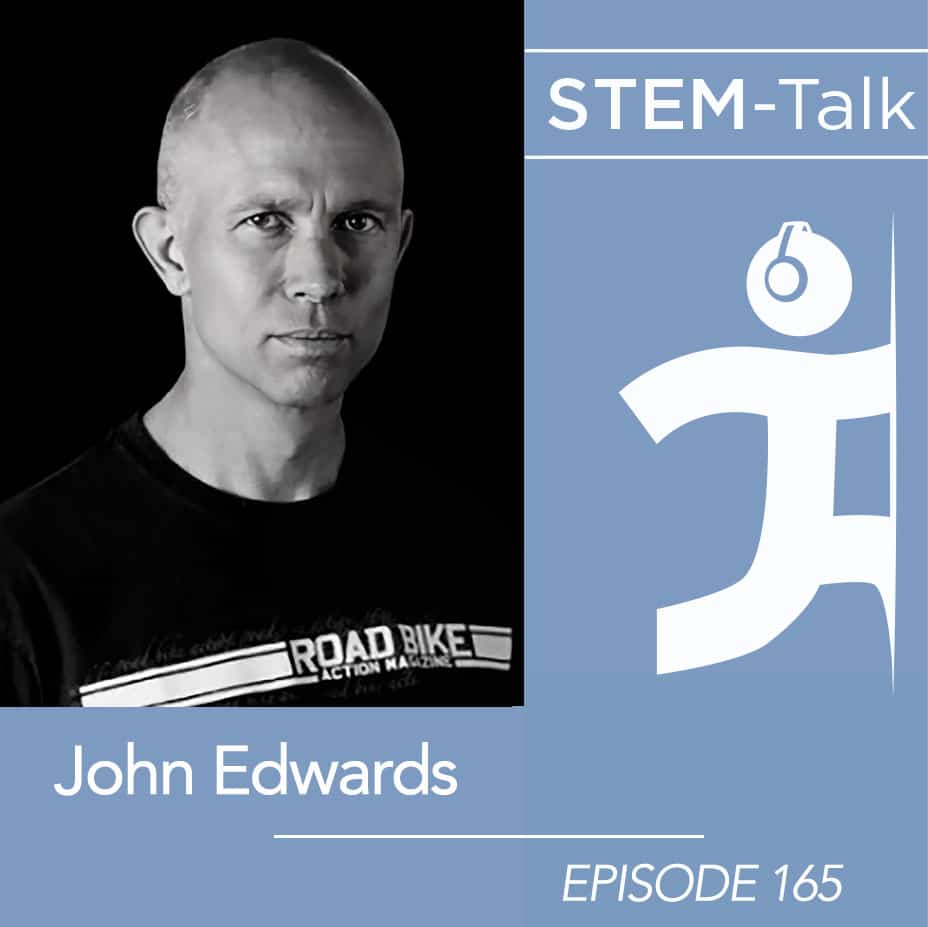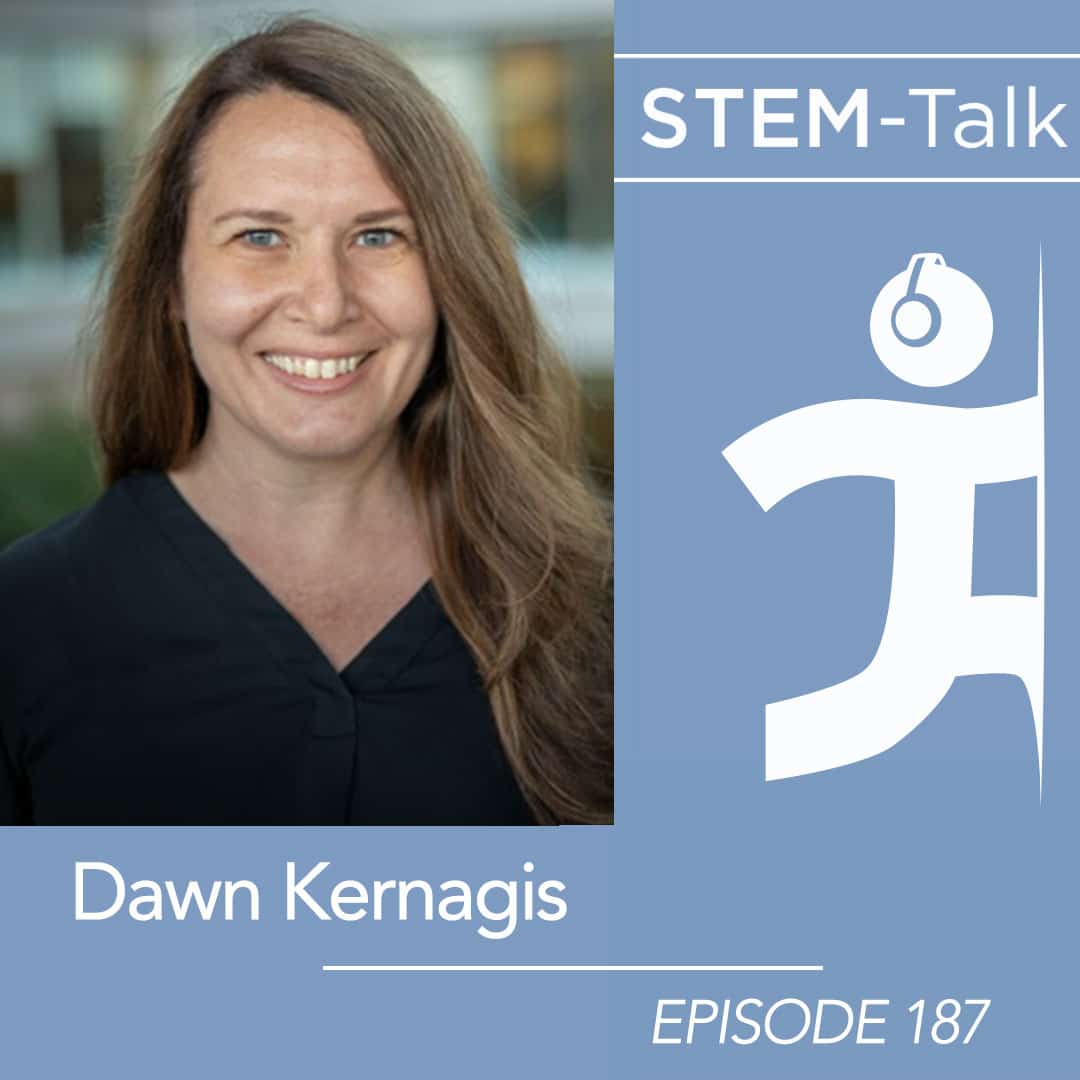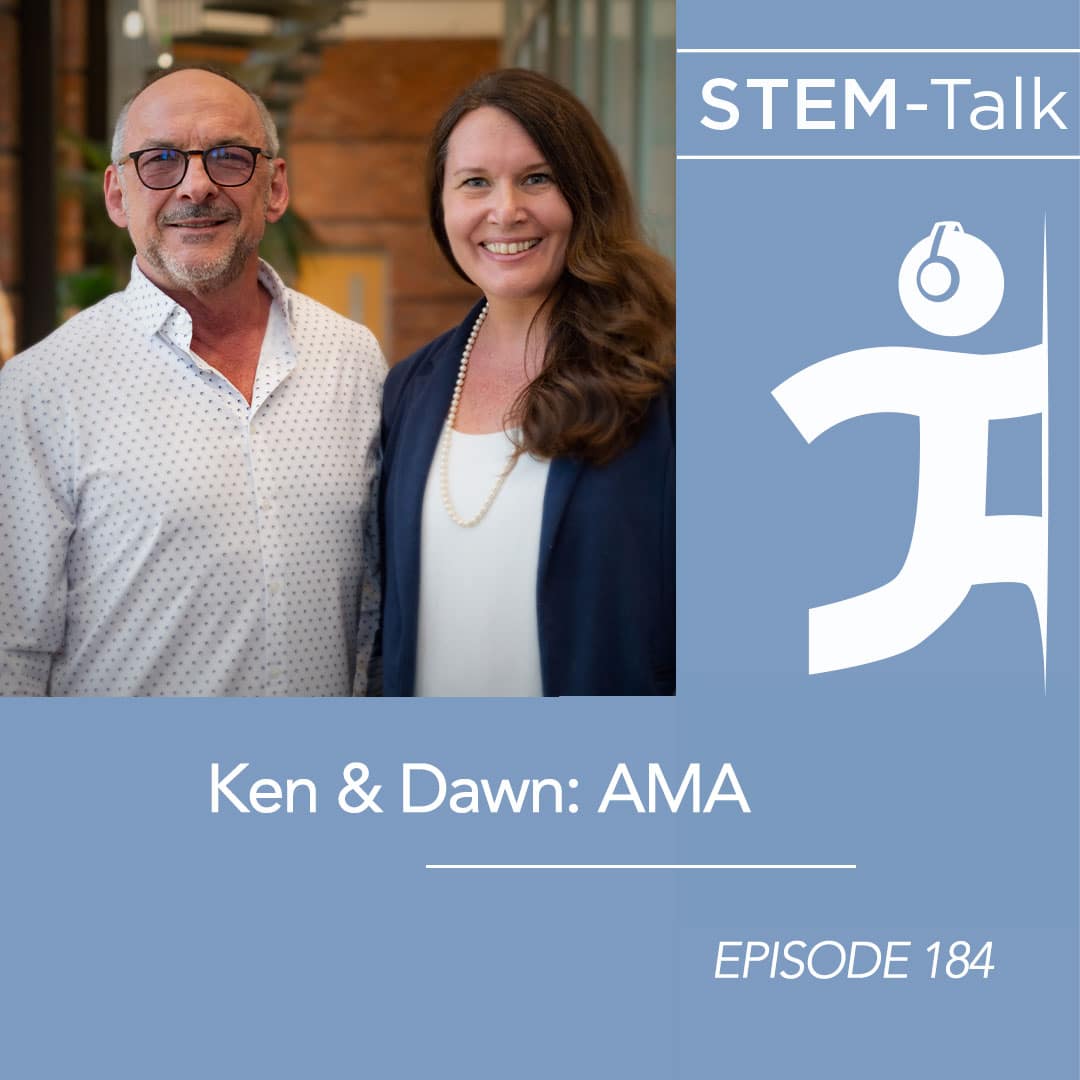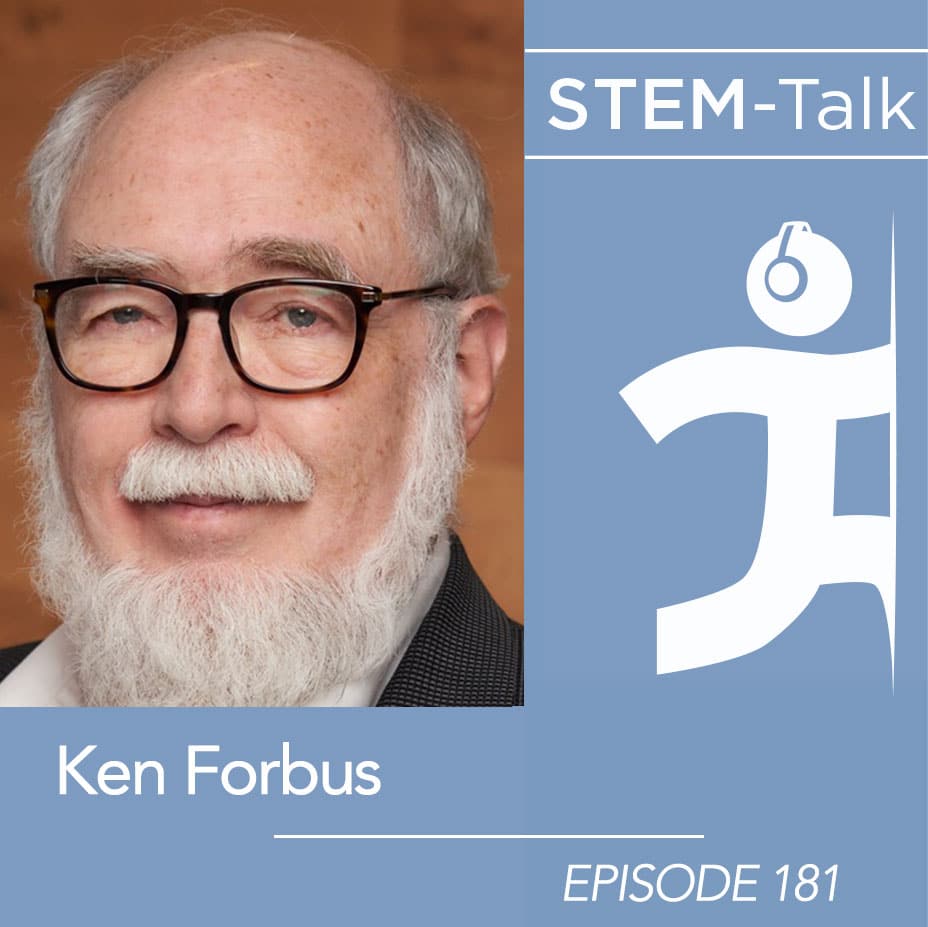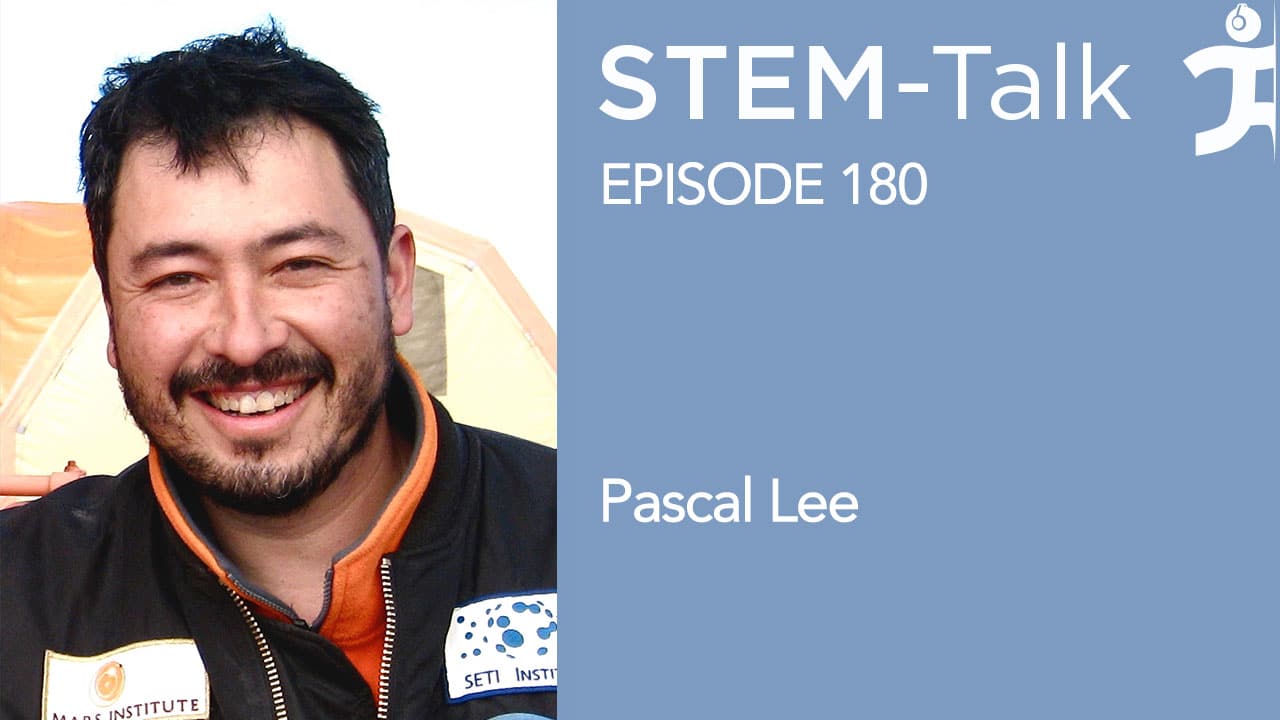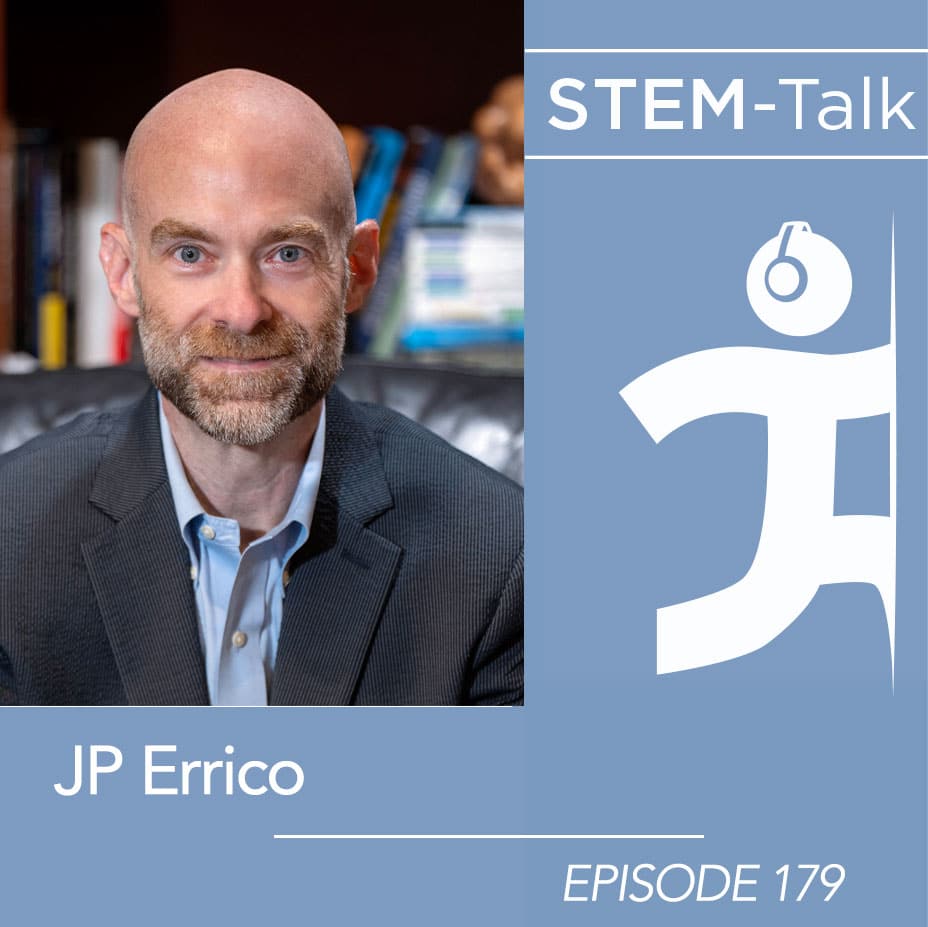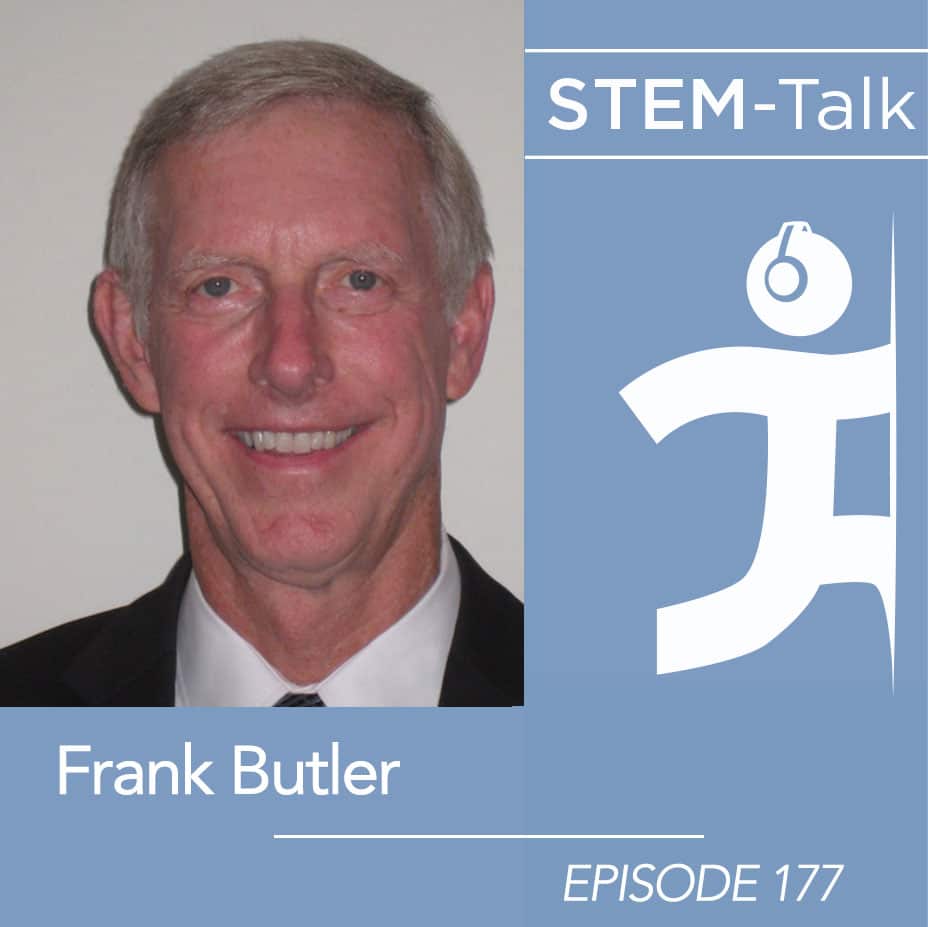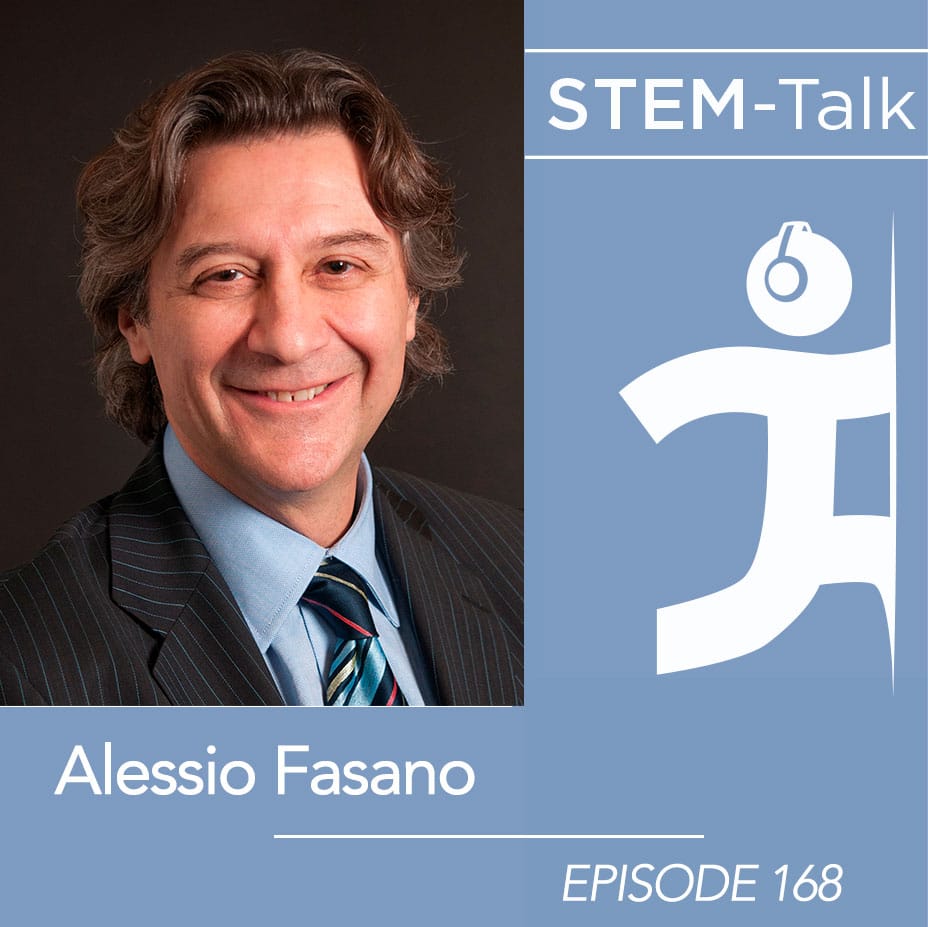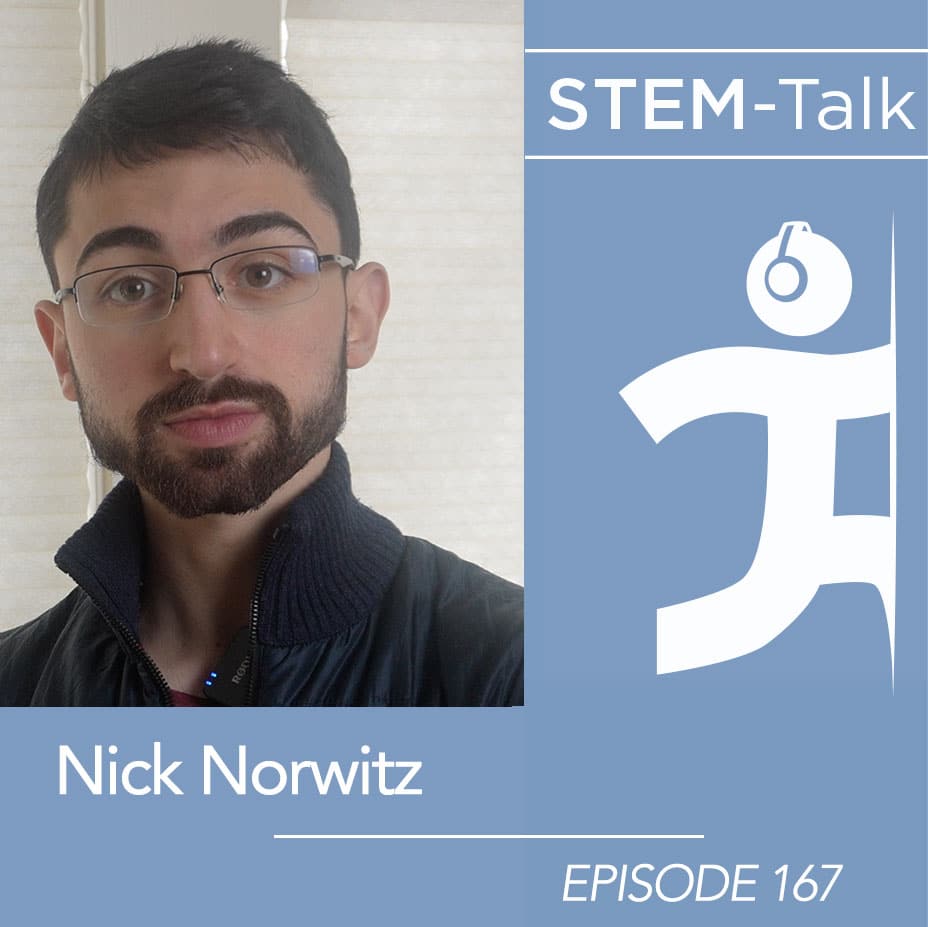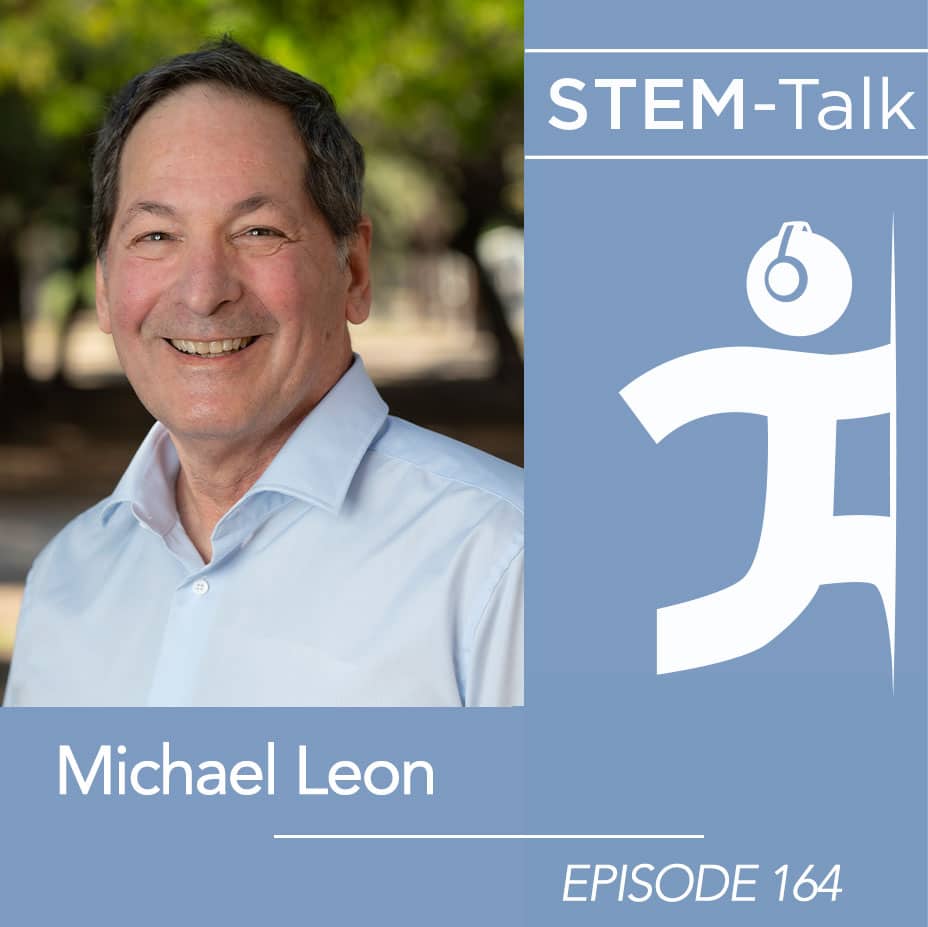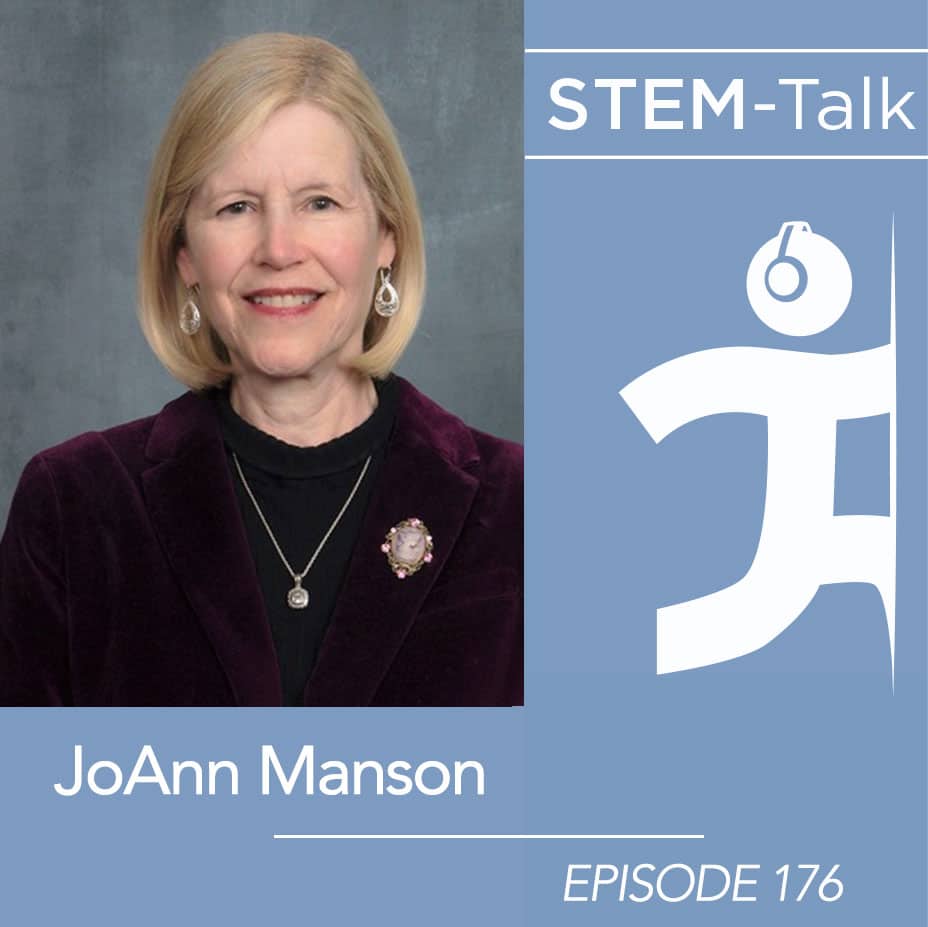Episode 165: John Edwards on ketamine treatment for depression and suicide prevention
Description
Today we have Dr. Johnathan Edwards, an anesthesiologist and medical practitioner who specializes in human health and optimization. He is perhaps best known for treating mental health conditions with ketamine, a dissociative anesthetic that is used for general anesthesia, pain relief, depression and epilepsy. John also uses ketamine to help adolescents overcome depression and suicidal ideation.
In today’s interview, we talk about his new book, “The Revolutionary Ketamine: The Safe Drug That Effectively Treats Depression and Prevents Suicide.” More Americans have died from suicide than all the wars since Vietnam. The suicide rate among 10- to-24-year-olds in this country increased 62 percent from 2007 through 2021. As John points out in today’s discussion, most people are not aware that American children between the ages of 10 and 14 are twice as likely to die from suicide than homicide.
Show notes:
[00:02:39 ] Dawn explains that suicide is a pressing problem in America, with more Americans dying of suicide than from all the wars since Vietnam. She also points out that police and firefighters are more likely to die from suicide than in the line of duty. John then gives an overview of ketamine and its ability to help treat depression and suicidal thoughts.
[00:06:56 ] Dawn pivots to mention the dark side of ketamine, including ketamine misuse and overdose. Recent studies have reported a worldwide increase in ketamine misuse and overdoses. Back in October, Mathew Perry, one of the stars of the popular sit-com “Friends,” died from what the Los Angeles cororner described as the acute effects of ketamine. Because this was such a high-profile case, Dawn asks John to discuss the potential adverse effects of ketamine.
[00:13:03 ] Ken mentions a 2022 study in the American Journal of Drug and Alcohol Abuse that looked at ketamine overdoses and deaths. The study found no cases of overdose or death from ketamine used in a clinical setting as therapy for depression. Ken asks if there is anything John would like to add about ketamine and safety.
[00:13:05 9] Dawn shifts to talk about John’s background, mentioning that he grew up riding dirt bikes and eventually raced bikes professionally.
[00:15:18 ] Ken asks John to share his story of how a junior college professor sparked his interest in science.
[00:17:49 ] Dawn mentions that John jumped around from Eastern Virginia Medical School, to the University of Reno, to the University of Utah, at which point it looked as though he was heading for a career in internal medicine. Dawn asks why John changed his mind and decided not to pursue that career path.
[00:19:40 ] Dawn asks John what led him to the University of South Florida.
[00:20:18 ] Ken asks John about another career shift that came about as the result of a suggestion from one of John’s professors.
[00:21:42 ] Dawn asks about John’s motivation to move to Las Vegas to be close to his father.
[00:22:59 ] Dawn asks John to explain what motivated him and his wife to move to France after their daughter turned five.
[00:24:55 ] Dawn asks John to talk about the transition of ketamine from anesthetic to antidepressant.
[00:28:16 ] In his book on ketamine, John writes about how the benefits of supervised psychedelic therapy can be broken down into four effects. Ken asks John to briefly explain each of these effects.
[00:31:39 ] Dawn asks John to explain how ketamine manipulates the function of brain receptors as an antagonist and agonist.
[00:33:40 ] Dawn mentions that some people do not believe that ketamine functions as a classic psychedelic like psylocibin or LSD. She asks John if he agrees.
[00:35:54 ] Ken mentions a recent STEM-Talk interview with Mark Mattson discussing glutamate. In Mark’s book, “Sculptor and Destroyer: Tales of Glutamate,” he points out that ketamine’s highest interactions are with glutamate, and this affinity has been shown to alleviate depression and schizophrenia. Ken asks John to discuss the significance of ketamine with respect to its ability to increase glutamate.
[00:38:45 ] Dawn asks John to talk about MDMA, which is another non-classical psychedelic that has medicinal properties, particularly in the treatment of PTSD.
[00:40:48 ] Ken brings up STEM-Talk’s interview with Rachel Yehuda in episode 101, whose research has revolutionized our understanding of PTSD. In John’s book he mentions that we have historically not been very good at the complex task of treating PTSD, which Rachel also echoed in her interview. Ken explains that a key problem, historically, has been the stigma associated with psychedelics, and he asks John if he thinks that this stigma is lessening in light of the numerous positive findings on the use of psychedelics to treat PTSD.
[00:44:34 ] Ken explains that inflammation and suicide are closely linked, and while the mechanisms whereby ketamine acts as an anti-suicidal drug are somewhat unclear, there is emerging evidence that ketamine is an anti-inflammatory agent. Ken asks John to talk about this.
[00:47:11 ] Ken asks what John’s take is on the evidence that whales might also engage in suicidal behavior.
[00:49:35 ] Dawn asks John to talk about the important point that ketamine and other medications are far less effective in treating mental health disorders when not coupled with psychotherapy.
[00:52:07 ] Ken explains that following the institution of COVID lockdowns, drug overdoses in America increased substantially from previous years. Ken asks John to give his insight on this increase.
[00:55:07 ] Ken asks John about those individuals who should not be on ketamine, mentioning people suffering from mania and schizophrenia, and asks if there are other groups that should steer clear of ketamine.
[00:56:57 ] Ken asks if ketamine is effective in treating chronic pain.
[00:58:38 ] Dawn closes the interview asking about John’s experience traveling the world for the Dakar Rally, which is an off-road endurance event. Dawn also mentions that the rally will be the topic of John’s next book.
Links:

